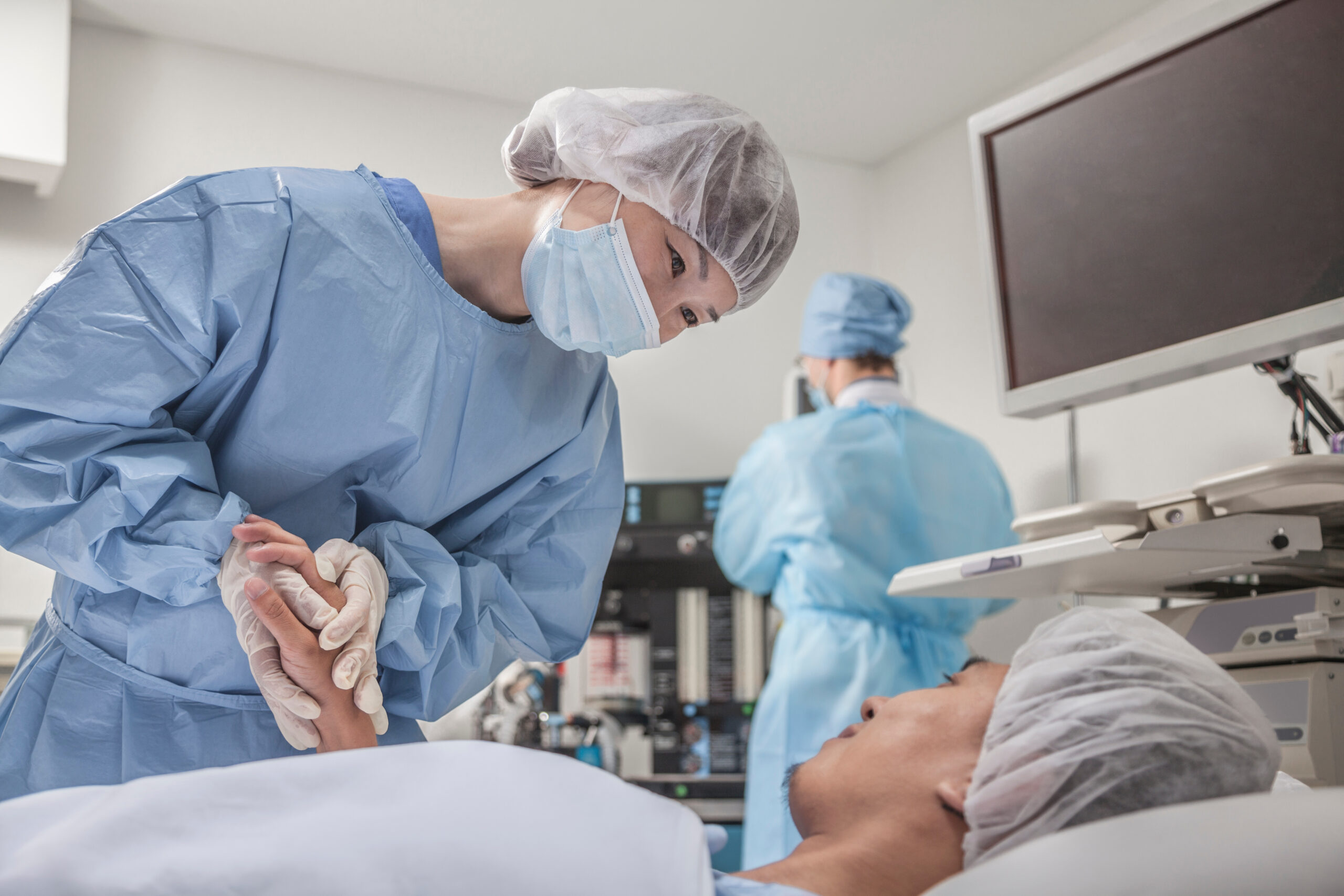Every year in March, the healthcare community recognizes the importance of patient safety during Patient Safety Awareness Week. While the promise to “do no harm” has been around since ancient Greece, the study and prevention of adverse medical events didn’t blossom until the 1990s with two major publications about patient safety. In the 30 years since, the pursuit of Zero Harm has become one of the most important goals of the healthcare industry.
Patient safety refers to protecting patients from adverse events that may arise during medical treatment. Adverse events are often preventable, and if not preventable, should be ameliorable through harm reduction strategies. Whether caused by human error or negligence, any adverse event should be taken seriously.
Patient safety also includes preventing near misses – events that could have caused harm to the patient, but fortunately did not. While it’s important for healthcare staff to stop a potentially adverse event in its tracks, patient safety standards aim to prevent patients from even coming close to harm’s way.

How do adverse events happen?
It may come as a shock that around 10% of hospitalized patients experience an adverse patient safety event while receiving care. This number includes patients that experience hospital-acquired infections, surgical fires and burns, wrong-site surgeries, and even death. However, most of these adverse events are preventable – and focusing on their causes should illuminate the solutions.
While it’s easy to blame preventable harm on a negligent doctor or a burnt-out nurse, adverse events are often not the fault of any one individual. Rather, systematic failure is the root cause of adverse events. According to the work of psychologist James Reason, small human errors carried out within a flawed system ultimately result in catastrophic patient safety events.
Flaws in the hospital’s system, like staffing shortages and improper safety protocols, create an environment where a healthcare worker is more likely to err. For example, a surgeon who is stretched too thin may not perform a proper pre-surgery timeout and accidentally perform the wrong procedure on a patient. While the doctor literally did the harm, his hospital’s scheduling and safety protocol also failed the patient.
Further, in hospitals where patient safety reporting lacks, there is no analysis as to why an adverse event occurred, allowing the same mistake to be made again. Instead of looking introspectively at their safety culture, these hospitals often treat their adverse events as individual mistakes and administer punitive measures. This puts a band aid on the mistake of the individual worker without prioritizing future prevention.
Reason’s argument about systemic patient safety failure does not mean that individual physicians shouldn’t face consequences for a major adverse event, but it does mean that we can create a systematic answer to patient safety – curing the disease rather than treating the symptoms.
Patient Safety Goals for 2022
Even though patient safety awareness has grown over the past 30 years, adverse event rates remain high. To address patient safety issues new and old, we should look to improve entire systems and workflows in healthcare.
First and foremost, hospital leadership should work to establish and emphasize a culture of safety. To do so, current safety measures and protocols should be audited to see how truly effective they are. Organizations should also revamp reporting systems to get a more accurate picture of patient safety in their hospital.
As part of their safety measures, hospitals should also be supporting their healthcare staff. In order to prevent fatigued, burnt-out staff from slipping during a procedure, hospital leadership should make efforts to prevent overscheduling.
The explosion of healthcare technology has often been regarded as the solution to many of our present safety challenges. However, sometimes new tech can be the cause of an adverse event. When hospitals quickly introduce electronic healthcare software, they often don’t consider how frustrating poorly-designed user interfaces can be for staff. The very tech that was intended to alleviate stress and make reporting easier can ultimately contribute to the same burnout that leads to adverse events.
On the other hand, risk-averse hospitals can introduce engineered solutions like medical devices that automatically and reliably protect patients in the case of a potentially dangerous slip or error. GloShield, a fiber-optic light cable cover, is easy to implement and painlessly mitigates the risk of surgical fires caused by fiber-optic light cables. When a typical fiber-optic light cable is left exposed in the sterile field near fuel, the heat can melt drapes and burn patients in under 6 seconds. With GloShield, such an error would be easily preventable.
Continue to keep Patient Safety top-of-mind, not just during Patient Safety Awareness Week. If your hospital is interested in hassle-free harm reduction, we’d love to send you free samples of GloShield. Request yours today.
